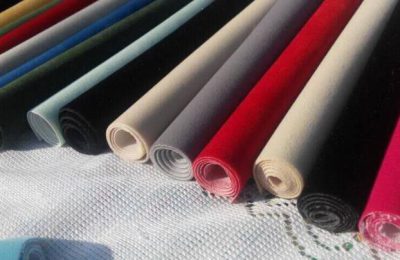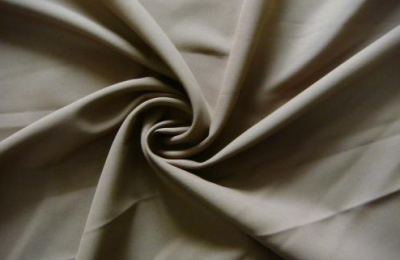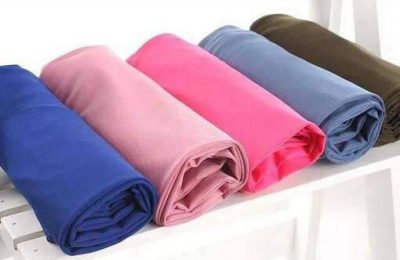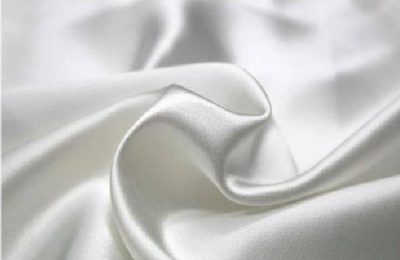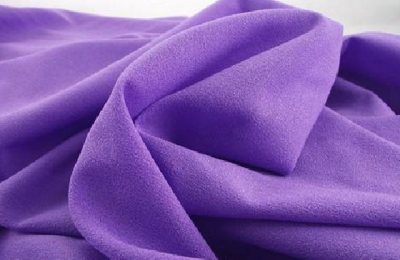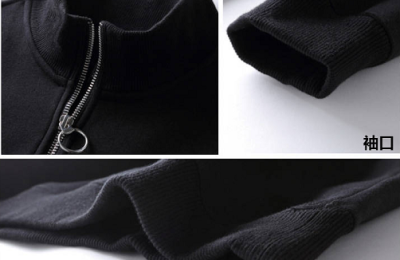As the new coronavirus ravages the world, masks are an extremely important anti-epidemic material.
However, there are many types of masks on the market, such as ordinary medical masks, N95 masks, KN95 masks, etc. The ffp3 mask filter material we are going to talk about below is also a good mask filter material.
Different FFP2 category masks use different filter materials.
The filtration effect is related to the particle size of the particles, and is also affected by whether the particles contain oil.
FFP2 category masks are usually classified according to their filtration efficiency and whether they are suitable for filtering oily particles.
Oil-free particulate matter such as dust, water-based mist, paint mist, oil-free smoke (welding smoke), microorganisms, etc.
ffp3 mask filter material is made of polytetrafluoroethylene as raw material. It is expanded and stretched to form a microporous film. This film is coated on various fabrics and substrates using a special process to become a new type of mask filter material. Filter material, the membrane has small pore size (0.05~0.45μm), uniform distribution, and large porosity. While maintaining air circulation, it can filter all dust particles including bacteria to achieve the purpose of purification and ventilation.
ffp3 mask filter material is prepared using unique biaxial stretching technology, which can ensure complete retention of bacteria and other impurities while having a large flux.
The material is resistant to high temperatures, strong acids and alkalis, and has wide chemical applicability. When used for gas filtration, it can achieve 100% retention of various phages, bacteria and particles above 0.02um.
PTFE microporous membrane has high filtration efficiency and can meet the filtration efficiency level requirements of sub-high efficiency, high efficiency and ultra high efficiency air filters.
</p



